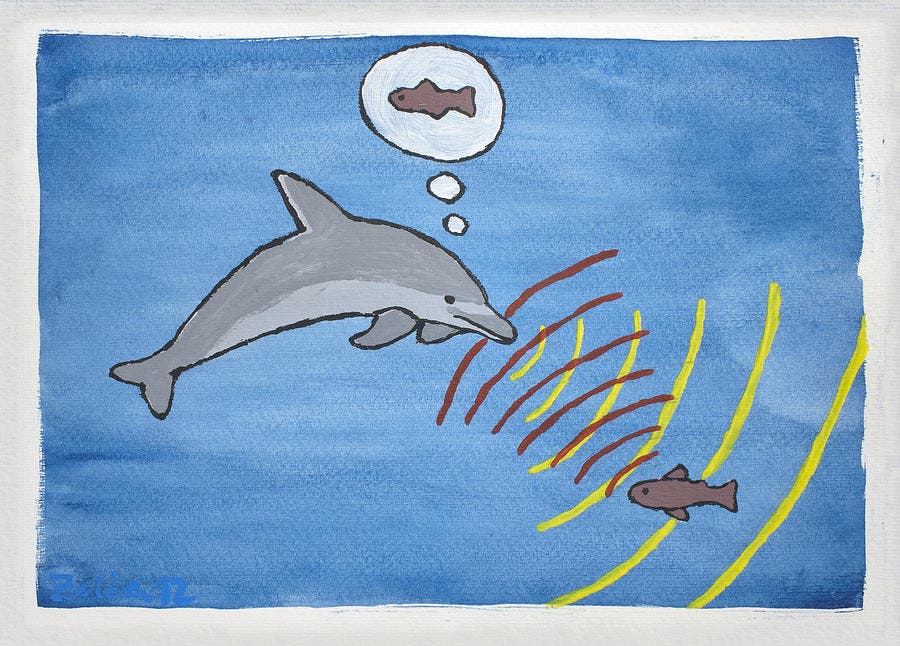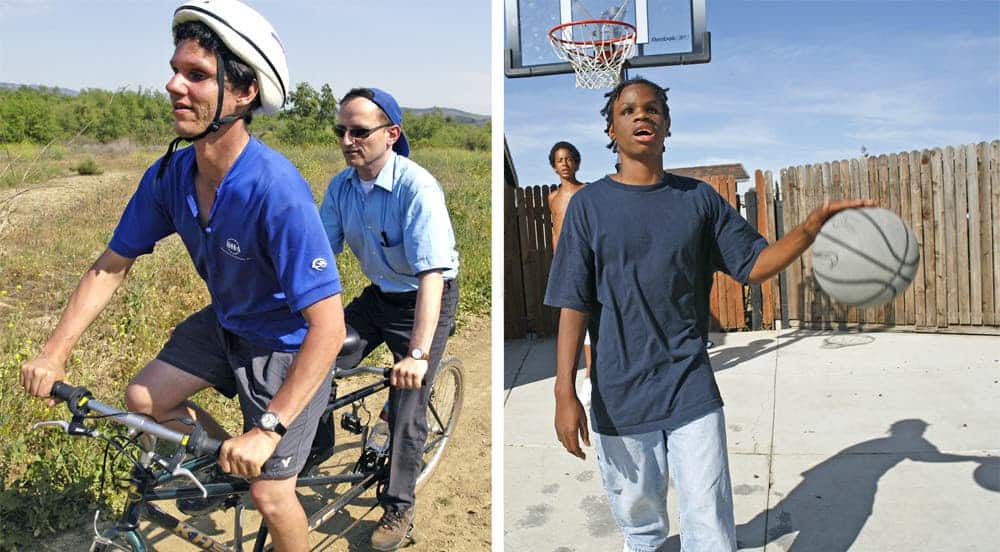In a remarkable study, scientists trained a group of sighted and blind people to judge the size of a virtual environment by echolocation. Echolocation involves detecting sound waves to determine where objects are in space. Dolphins and bats are some of the animals that use echolocation to navigate their surroundings. Human echolocation has been previously established but only in blind people. This is the first time scientists showed sighted people can use it too.

Virginia Flanagin from the Ludwig Maximilian University of Munich, Germany, and colleagues, recruited 11 sighted people and one blind person. The participants were first subjected to some echolocation training inside an anechoic chamber — a room stuffed with acoustic treatment that cancels echoes. Clicks recorded inside real-life buildings were played so the participants could learn the subtle differences in sound reverberation between a smaller and bigger room.
After the initial training, each participant was hooked to an MRI machine meant to scan their brains. They were asked to hum, click their tongues or make any kind of noise while being seated inside the MRI machine. These noises were then reproduced through headphones as they would have sounded like inside a nearby church which was digitally modeled for this experiment.
Initially, the researchers didn’t think the sighted participants would perform well seeing how they never had to navigate surroundings devoid of sight. The results, however, surprised even the most optimistic expectations. The most skilled of the participants could identify with accuracy differences in room size even when the difference was as small as 4%. The least skilled participant could tell apart rooms which differed by at least 14% in size but, on average, participants were able to tell apart differences of 6 to 8 percent.
According to Flanagin, the results are on par with some visual tests where participants are asked to judge which of two objects is bigger or smaller. That’s just amazing considering the participants had no prior experience.
As for the brain scan part, things got interesting there as well. The MRI scans showed that in sighted people the echoes activated the motor cortex, which is the region fo the brain responsible for coordinating movement — you wouldn’t expect it to lit up more. In the case of the only blind person involved in the study, the visual cortex was activated instead.
“It seems like the motor cortex is somehow involved in the sensory processing,” Flanagin told The Atlantic.
The study’s findings should be taken with a grain of salt considering the small sample size. Even so, it seems likely that sighted people can use echolocation maybe just as effective as blind people — something’s that’s been well established.

For instance, Daniel Kish, who became blind when he was only 13 months old following retinal cancer, trained himself to make palatal clicks with his tongue and now teaches others to use echolocation through a program called “Perceptual Mobility.” His program is so successful, students are able to navigate surroundings using echolocation while hiking or even mountain-biking.






